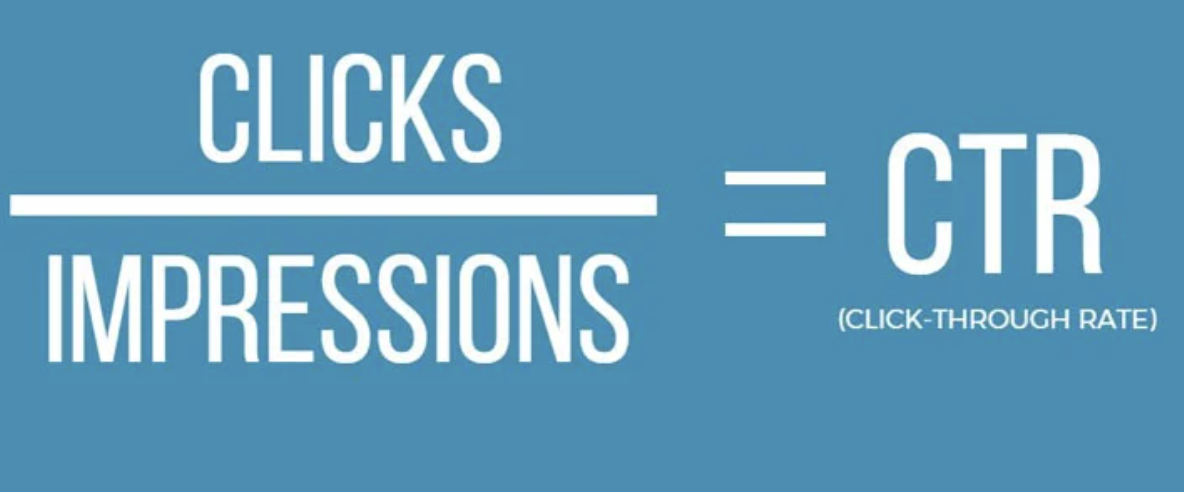LinkDaddy CTR Manipulation-- Specialist Aid for Raising Your Internet site's CTR
CTR Control: A Video Game Changer for Digital Projects
The surge of CTR adjustment has actually indisputably transformed digital marketing techniques, supplying marketing professionals with tools to boost involvement and drive web traffic efficiently. Techniques such as A/B screening and individualized material have shown to generate considerable enhancements in click-through rates. As brand names progressively utilize these approaches, the moral implications of such methods require scrutiny. Balancing the search of enhanced metrics with the requirement for authentic audience connections positions an essential obstacle for marketing experts today. What ramifications might this stabilizing act hold for the future of electronic campaigns?
Comprehending CTR Adjustment
Although click-through rate (CTR) adjustment may feel like an uncomplicated technique in electronic advertising and marketing, it includes a variety of approaches targeted at synthetically pumping up engagement metrics. This control can take numerous forms, including the use of click ranches, bots, or deceitful advertisement positionings that misguide consumers right into clicking. These methods can compromise the stability of performance data, making it testing for online marketers to assess the authentic efficiency of their campaigns.
Additionally, CTR manipulation raises moral concerns, as it threatens the transparency of digital advertising. The dependence on filled with air metrics can bring about misdirected advertising decisions, skewing source allocation and campaign approaches. Consequently, businesses may invest heavily in channels and techniques that appear successful but do not yield actual involvement or conversions.

Advantages of Click-Through Price Optimization
Optimizing click-through rate (CTR) is essential for enhancing the efficiency of electronic marketing campaigns. A greater CTR shows that a larger percentage of users are engaging with the web content, which can result in raised internet site web traffic and much better conversion prices. By boosting CTR, brands can effectively allot their advertising and marketing sources to initiatives that produce the highest possible returns.
Among the main advantages of CTR optimization is the potential for improved advertisement placement and reduced prices - CTR Manipulation. Platforms like Google Advertisements award higher CTRs with better advertisement positioning and lowered cost-per-click (CPC), permitting online marketers to extend their budget plans further. Additionally, a well-optimized CTR can improve brand name exposure, as greater interaction rates commonly correlate with increased organic reach

Strategies for Effective CTR Control
To successfully adjust click-through prices (CTR), marketing experts check it out can employ a selection of calculated strategies that improve individual interaction and drive traffic. One essential strategy is optimizing ad duplicate to create engaging and action-oriented language. CTR Manipulation. Making use of solid call-to-action (CTA) expressions urges users to take instant activity, enhancing the chance of clicks
Another effective method is A/B screening, which permits marketers to contrast different ad variants. By systematically evaluating efficiency metrics, they can recognize which components reverberate ideal with the target market, thus refining their strategies for maximum impact. Additionally, leveraging visually enticing graphics and succinct messaging can record interest promptly, making it much more potential that individuals will engage.

Finally, optimizing landing pages to guarantee a seamless individual experience can minimize bounce rates and motivate more communication, eventually fostering greater CTR. By incorporating these methods, marketing professionals can successfully adjust CTR to achieve their campaign purposes.
Gauging Success in Digital Projects
Determining success in digital projects requires a clear understanding of essential performance indications (KPIs) that straighten with campaign purposes. KPIs function as measurable metrics that assist evaluate the performance of different methods utilized throughout the campaign. Usual KPIs consist of click-through rates (CTR), conversion prices, price per procurement (CPA), and return on investment (ROI)
To effectively gauge success, it is vital to establish specific, quantifiable goals at the start of the campaign. If the primary purpose is to raise brand visit our website name understanding, metrics such as impressions and involvement rates might be focused on. On the other hand, campaigns concentrated on direct sales would certainly benefit from an extra in-depth analysis of conversion rates and earnings generated.
Normal analysis of these KPIs allows marketers to make data-driven choices, optimizing their methods in real-time. Utilizing logical tools can help in tracking efficiency and recognizing patterns, allowing for quick changes to enhance project outcomes. Eventually, a thorough approach to gauging success not only highlights locations for enhancement yet also strengthens the general performance of electronic advertising initiatives, driving continual growth and engagement in the long-term.
Future Fads in Digital Advertising
Preparing for the future of digital advertising discloses a landscape formed by rapid technical innovations and changing customer behaviors. As synthetic intelligence and maker understanding proceed to progress, marketing experts will increasingly utilize these technologies to personalize campaigns at an unmatched scale. Anticipating analytics will certainly make it possible for brand names to anticipate customer needs, optimizing advertisement positionings and content delivery in actual time.
Moreover, the rise of voice search and smart devices is transforming how consumers interact with digital web content. Marketing experts will certainly require to adapt their approaches to ensure visibility throughout numerous systems, including voice-activated aides. This shift requires a concentrate on conversational marketing, emphasizing interaction with dialogue as opposed to typical advertising techniques.
Furthermore, privacy problems are motivating modifications in data collection methods. Transparency and moral information usage will certainly end up being vital, driving brands to cultivate depend on and loyalty amongst consumers. The recurring advancement of social networks platforms will certainly also affect advertising strategies, with an enhanced emphasis on credibility and user-generated material.
Conclusion
In summary, CTR control represents a substantial innovation in electronic advertising methods, using prompt advantages through boosted interaction metrics. The continuous development of digital marketing will depend on this fragile interaction, shaping the future landscape of brand-consumer interactions.